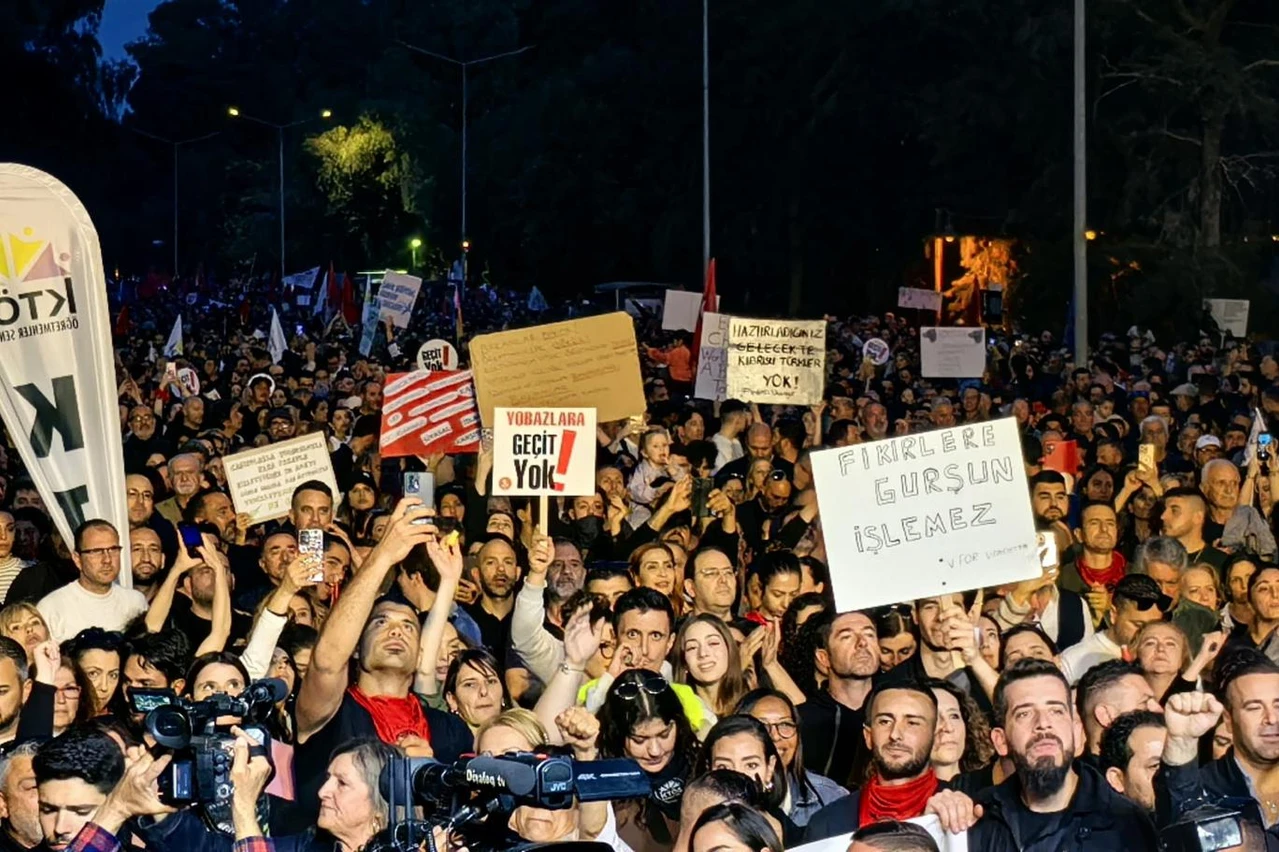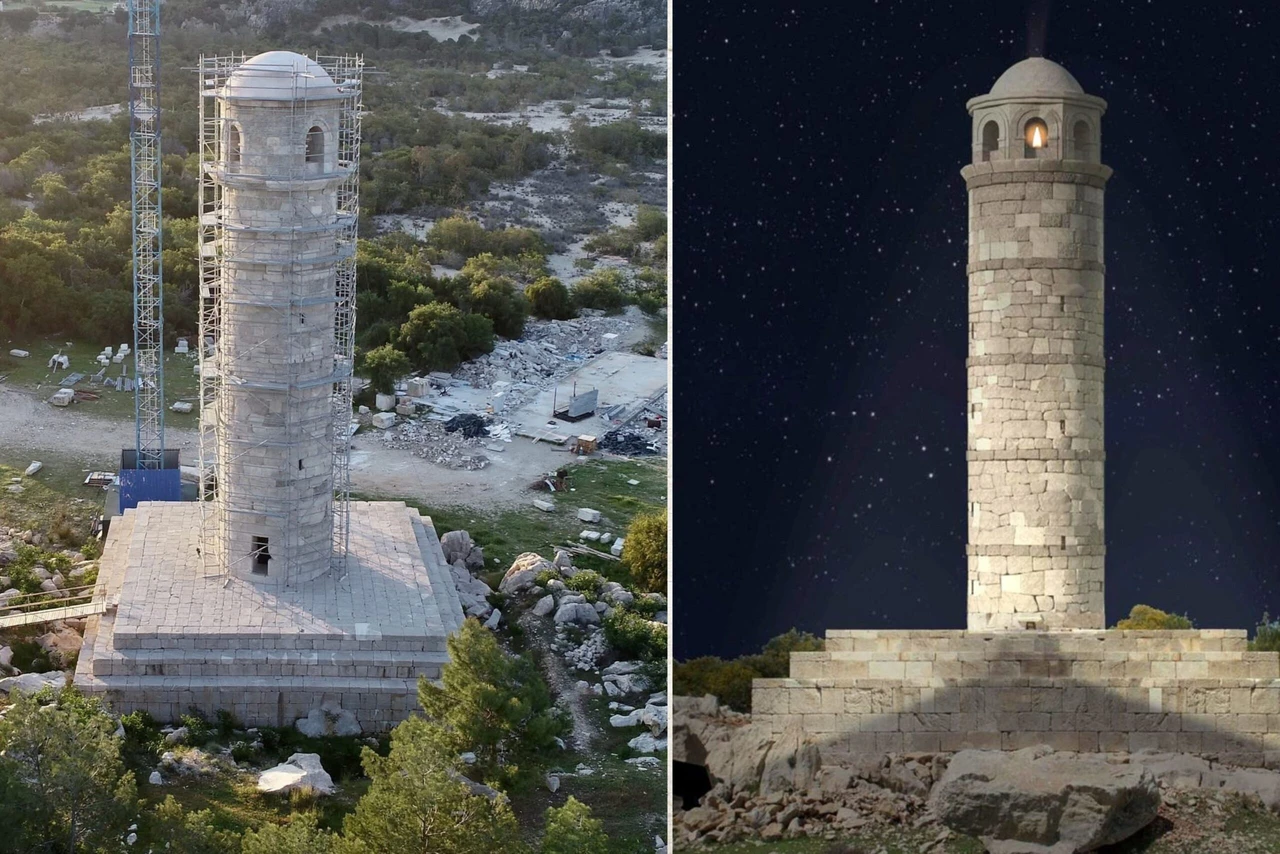Ancient Roman emperors’ embrace unveiled at Türkiye’s Kocaeli museum
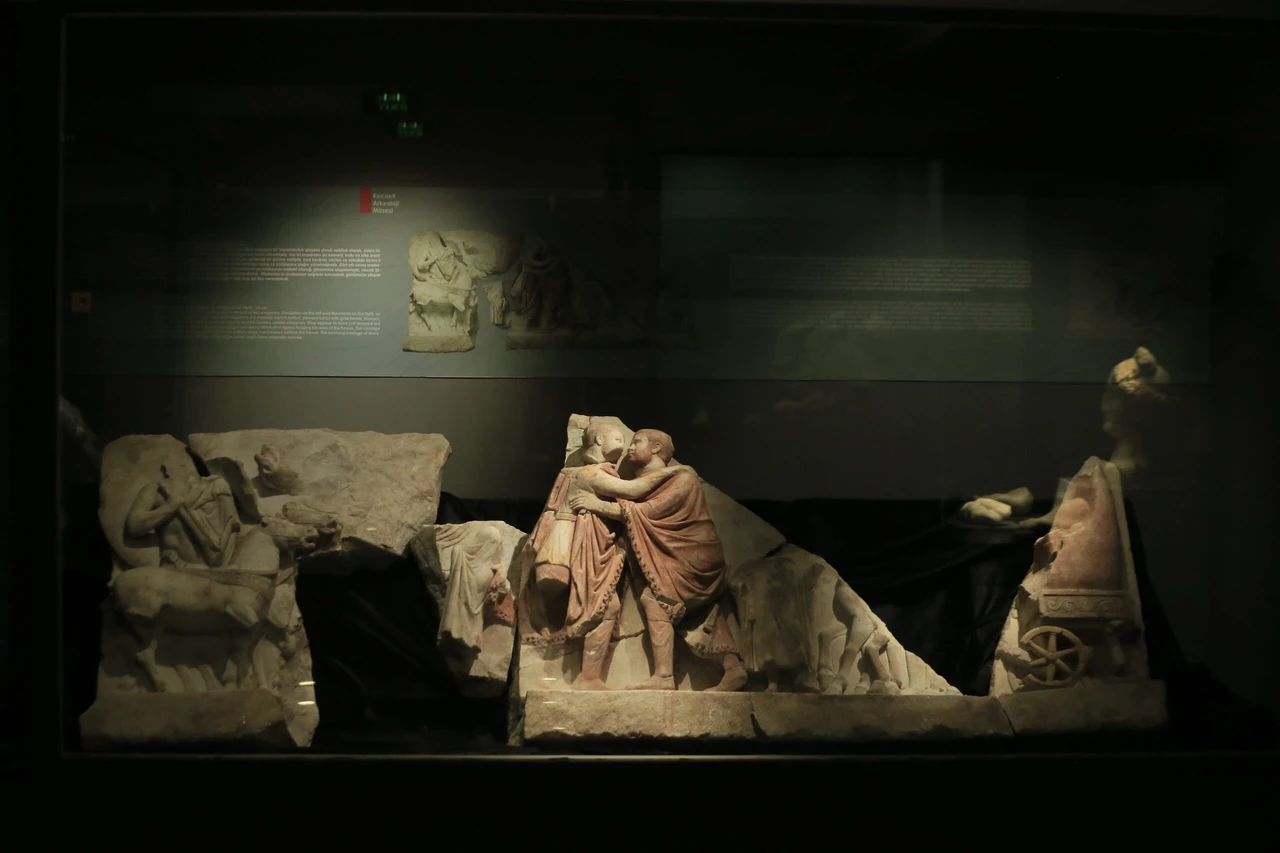 Relief of the “Embrace scene of two emperors” depicting the Roman emperors Diocletian and Maximianus together, unearthed in Kocaeli in 2001, Kocaeli Archaeology Museum, Türkiye, August 27, 2024 (AA Photo)
Relief of the “Embrace scene of two emperors” depicting the Roman emperors Diocletian and Maximianus together, unearthed in Kocaeli in 2001, Kocaeli Archaeology Museum, Türkiye, August 27, 2024 (AA Photo)
In a momentous event for archaeology enthusiasts, the Kocaeli Archaeology Museum has unveiled a remarkable relic after more than two decades. This ancient relief, which vividly portrays the ancient Roman emperors’ embrace of Diocletian and Maximian during a ceremonial event, is now available for public viewing.
The unveiling marks the first time this rare artifact has been displayed in 23 years, offering visitors an exceptional glimpse into the grandeur and political intricacies of the Roman Empire.
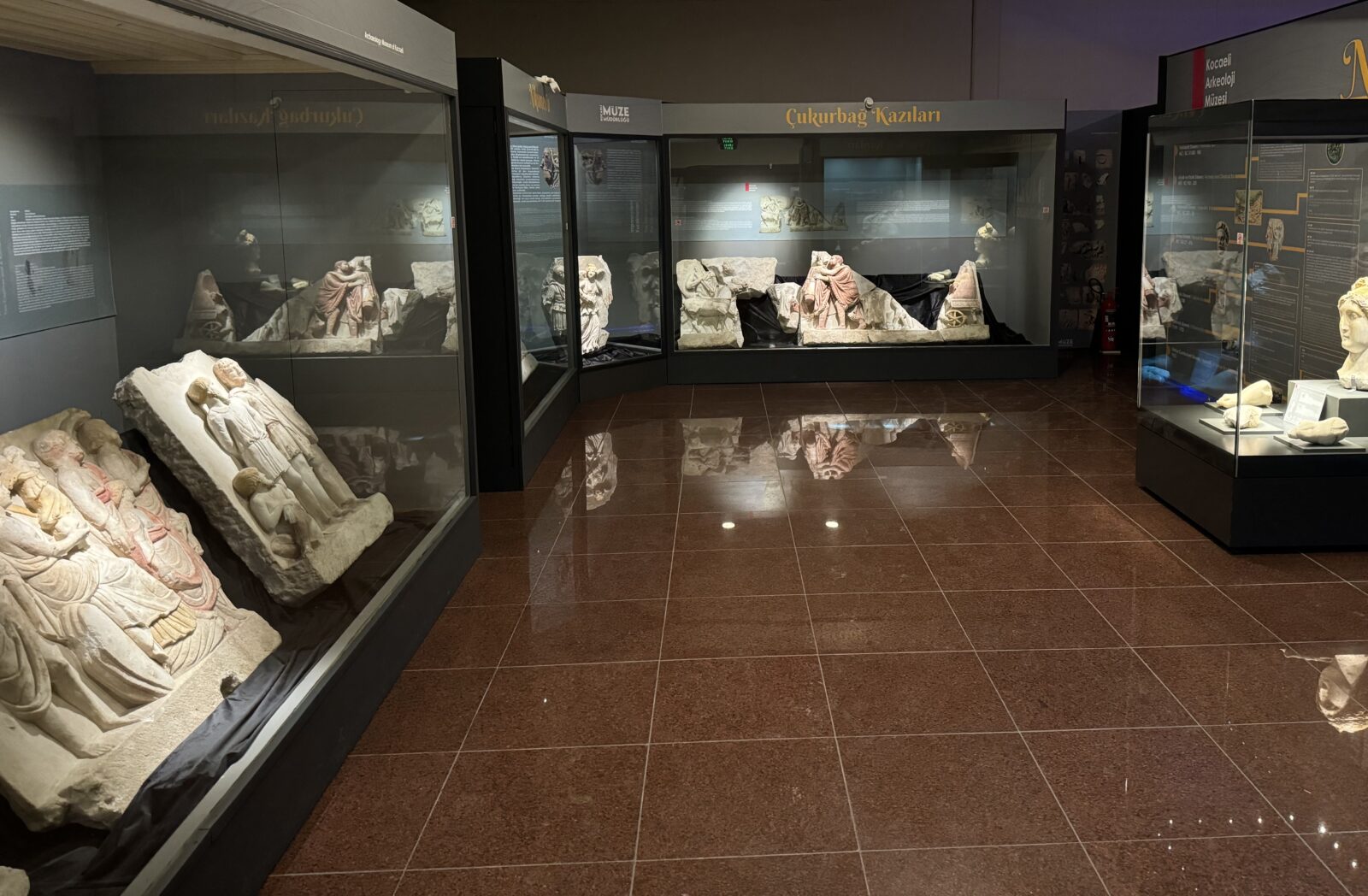
Unearthed from earthquake ruins
The relief was discovered during rescue excavations in Kocaeli’s Cukurbag neighborhood, following the devastating 1999 Marmara Earthquake. Buried beneath a damaged building, this significant piece of Roman history remained hidden until restoration efforts began.
Composed of 10 separate fragments, the relief has been meticulously reconstructed to depict the emperors during an “adventus” ceremony – an ancient Roman tradition celebrating the rulers’ entrance into a city.
Significance of ancient Roman emperors’ embrace
Serkan Geduk, branch director of the General Directorate of Cultural Heritage and Museums at the Ministry of Culture and Tourism, highlighted the historical importance of the scene.
“This relief is one of the rare surviving depictions of a Roman adventus ceremony, where Diocletian and Maximian, adorned in luxurious tunics, trousers, and imperial cloaks, are seen embracing. This motif represents the political harmony of the Roman Empire’s tetrarchy system, where power was shared among four rulers,” Geduk explained.
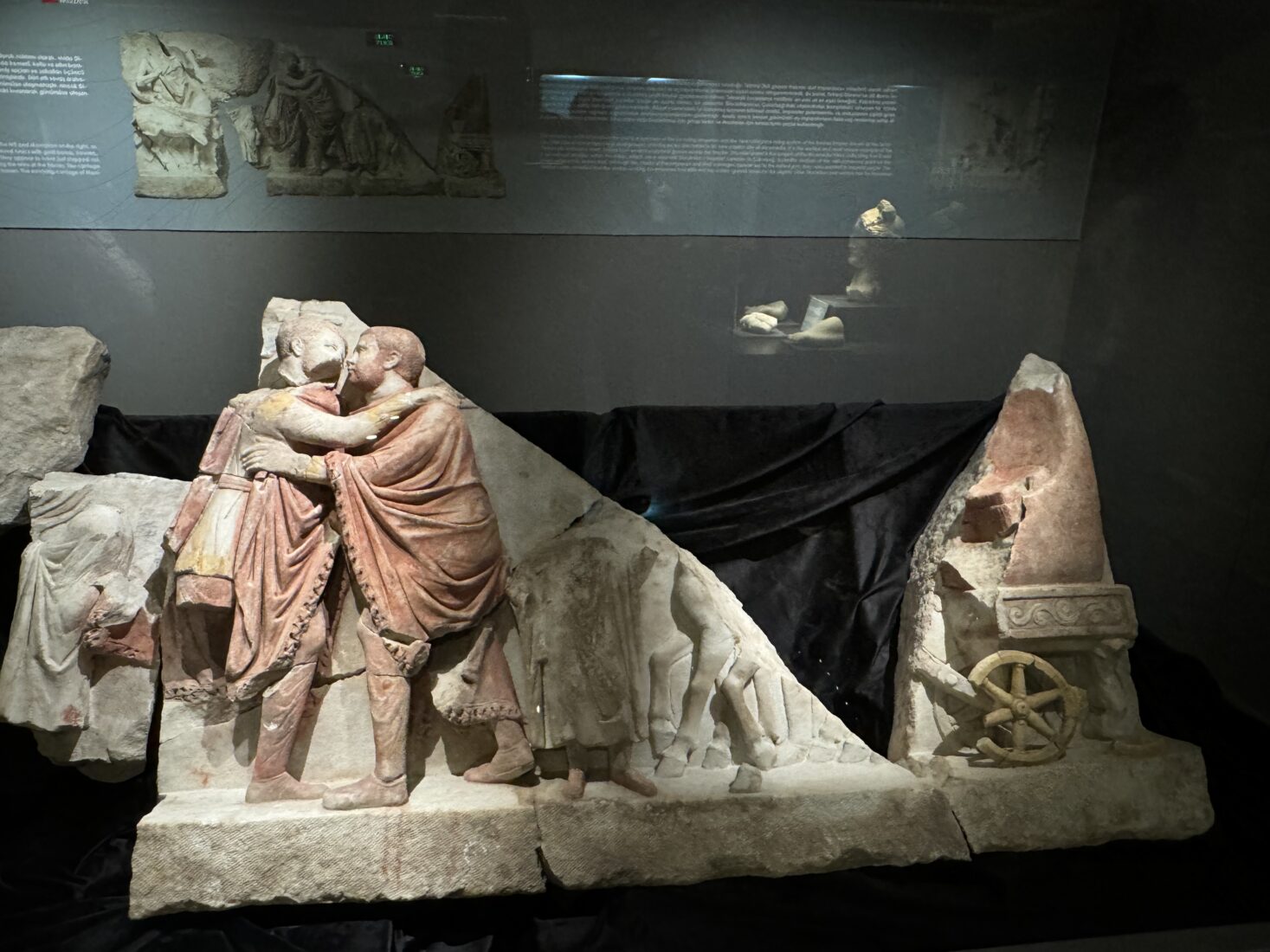
Artistic masterpiece with political significance
The embrace motif, derived from the handshake – a common symbol of unity in Roman art and literature – embodies the cooperation and political concord of the Tetrarchic Period.
Geduk emphasized the significance of the motif, stating, “This is an exceptional representation of the political unity that was essential during that era. It’s also one of the most unique examples of the ‘Tetrarchic embrace’ motif found in various sculptures across the Roman Empire.”
Discovering details of Roman chariot ceremonies
Beyond its symbolic value, the relief offers valuable insights into the ceremonial practices of the time. It provides detailed depictions of the ceremonial chariot used by Maximian, shedding light on its design and usage during these grand events.
“This relief allows us to understand the intricacies of Roman chariot ceremonies, something that would have been a key part of their cultural and political life,” Geduk added.
Rare opportunity to witness Roman history
The unveiling of this ancient masterpiece offers a rare opportunity to delve into the historical and artistic significance of the ancient Roman emperors’ embrace.
Visitors to the Kocaeli Archaeology Museum can now experience this extraordinary relic firsthand and explore the fascinating world of Roman ceremonial art and political symbolism.
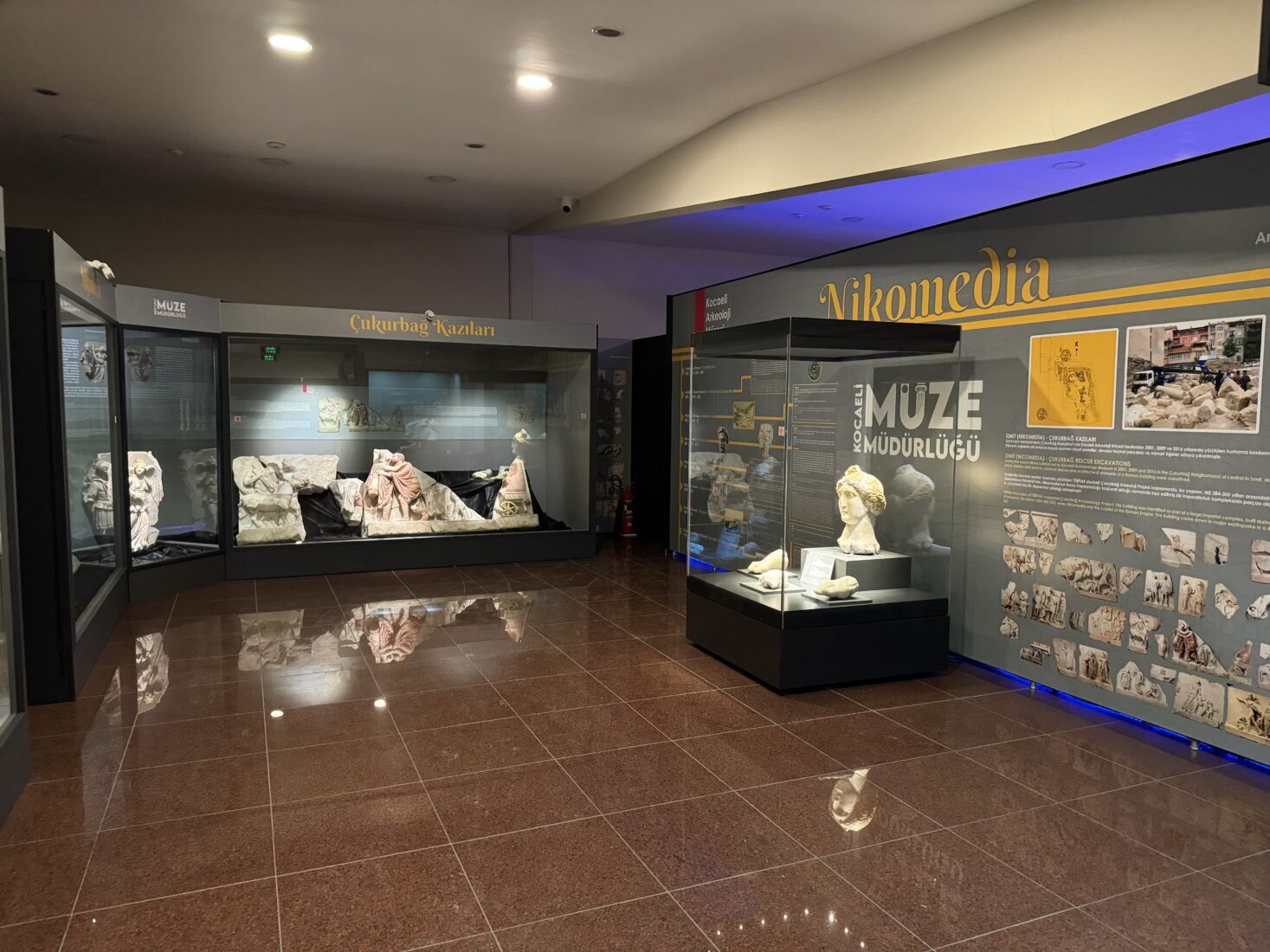
Explore history through ancient treasures
Nestled in the historical Izmit train station, Kocaeli Archaeology Museum offers a fascinating glimpse into Türkiye’s rich past. Since 2007, the museum has been a hub of archaeological and cultural heritage, showcasing artifacts from the Paleolithic to the Ottoman period. The museum is renowned for its world-class exhibits, including the second-largest statue of Heracles and the Cukurbag reliefs – some of the best-preserved examples of Roman art.
Visitors can explore a diverse collection, from ancient stone tools and Megarian ceramics to intricate Roman glassworks and precious jewelry. The museum’s outdoor garden features a stunning array of sarcophagi, statues, and altars from the I-III centuries A.D., offering a serene setting for reflection.
In addition to its exhibits, the museum hosts workshops and conferences, enriching Kocaeli’s cultural life. Whether you’re a history enthusiast or a casual visitor, Kocaeli Archaeology Museum provides an unforgettable journey through time, making it a must-visit destination for anyone exploring the region.

